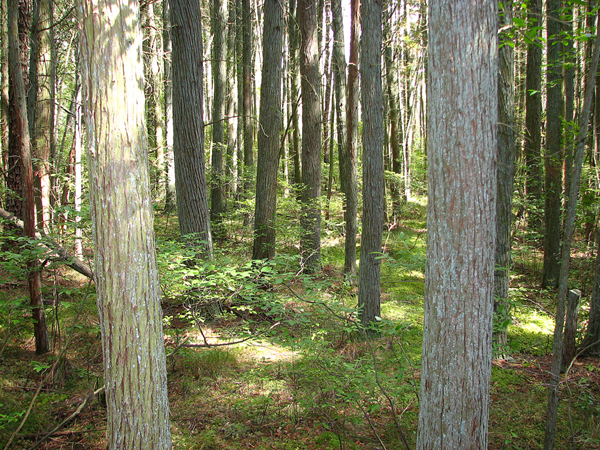
The New Jersey coastline has been sinking, slowly, since the last ice age – a reflection of geologic changes, for sure, but also of changing climate conditions, exacerbated in more recent years by human-caused factors.
Species evolve and adapt to changing conditions, or not, depending on the rate of change. That’s one of the fascinating aspects of studying natural history and ecology. The number of confounding factors make it a challenging puzzle to try and sort out, especially when humans are part of that natural history.
Humans have moved species around and domesticated both plant and animal species for thousands of years. But in the past 150 years, our ability to exert even more influence, sometimes inadvertently, has become more profound.
So what can, or should, we do about it?
Trying to sort out the causes is important, as shown in this recent story from the Philadelphia Inquirer, but it’s also critical to get on with developing adaptations. The individuals, organizations and agencies highlighted in the Inquirer story are looking at both causes and adaptations as they confront the disappearance of New Jersey’s coastal cedars.
Treesource will dive into changing climate conditions in a couple of months, addressing what that change means to forests and people, how forests can help mitigate some of the effects, and how land managers can help forests to adapt.
This precursor story provides insight into one puzzle piece represented by the Atlantic white cedar ghost forests. Knowledge through investigative science, management based on the understanding of science, followed by careful monitoring must be replicated in forests throughout the United States and the world.
The diversity of wildlife, plant, insect and fungi habitats, as well as the water-cleaning processes the forests provide, are essential to achieving a sustainable society.

Leave a Reply